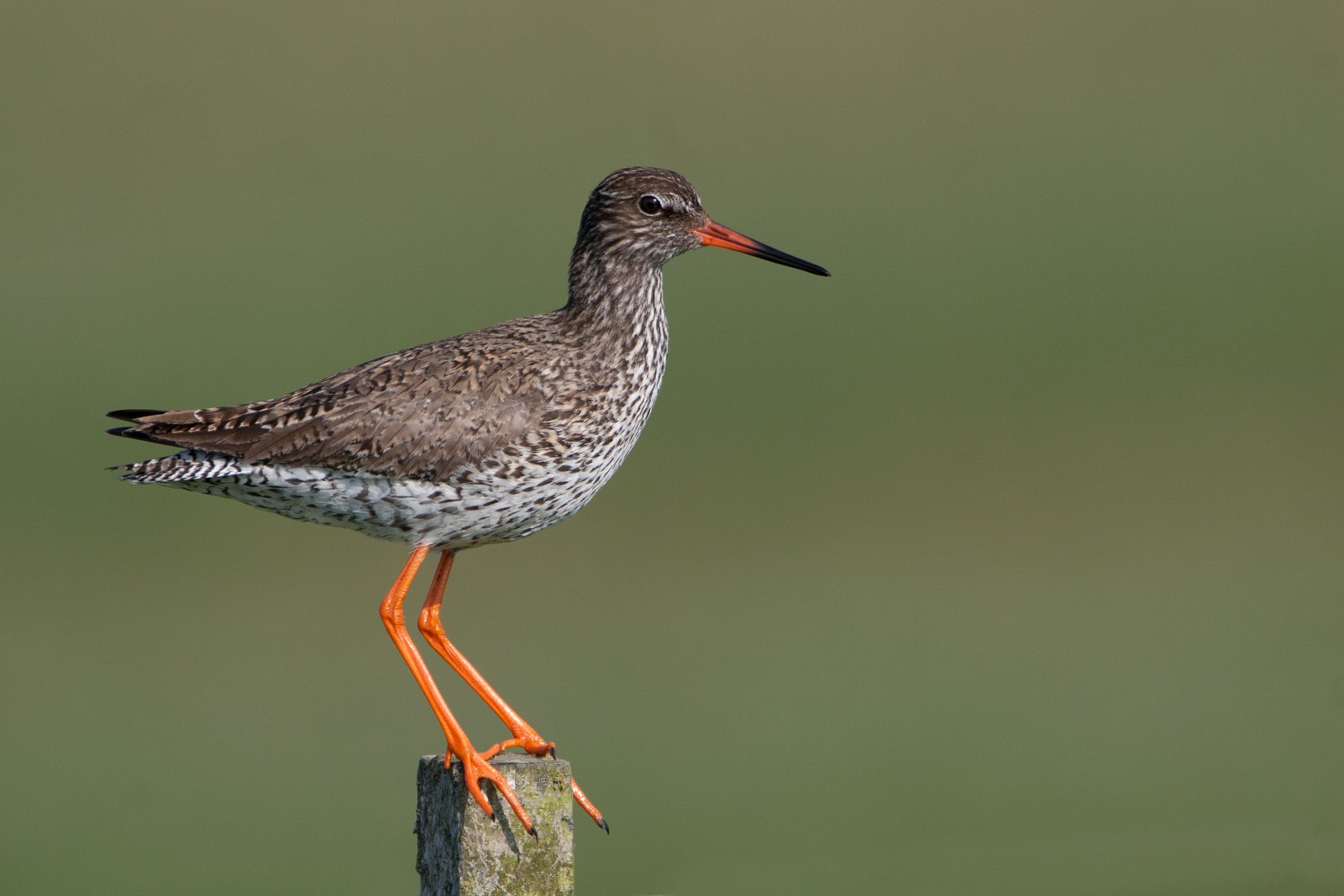Description
The Wild Ken Hill rewilding project has ambition to move away from existing agricultural and forestry techniques and allow wild nature to thrive. They are actively managing an area of grazed wetland next to the Wash to support wildlife, and have raised the water level by around a foot across 500 acres to help birds such as Κοκκινοσκέλης, (Ευρωπαϊκή) Καλημάνα, (Ευρασιατική) Τουρλίδα and (Ευρασιατική) Χουλιαρομύτα. The wider area has diverse habitats that are developing like mixed woodland, wood pasture, grassland and meadow and heathlands and shrub. But especially the grazing marshes already attract many birds. Among the birds you can see here are Βαρβάρα, (Ευρωπαϊκό) Τρυγόνι, (Ευρωπαϊκός) Στρειδοφάγος, (Ευρωπαϊκή) Λιμόζα, (Κοινό) Μπεκατσίνι and Καλαμόκιρκος. During migration also many species of waders and waterbirds make a stop here.
Details
Access
Ken Hill is located at the Norfolk coast. Park on South Beach Road and walk from there. Click on the P in the map to get directions to the parking.
Terrain and Habitat
Wetland , Grassland , Moors/heathland , Scattered trees and bushesConditions
Open landscapeCircular trail
YesIs a telescope useful?
NoGood birding season
All year roundBest time to visit
SpringRoute
Paved road , Wide pathDifficulty walking trail
EasyAccessible by
FootBirdwatching hide / platform
NoExtra info
The project has divided into three main approaches — a rewilding area, where beavers and grazers are being introduced, a traditional conservation approach for their coastal areas, and regenerative farming to continue to provide food in a sustainable and biodiverse way.




